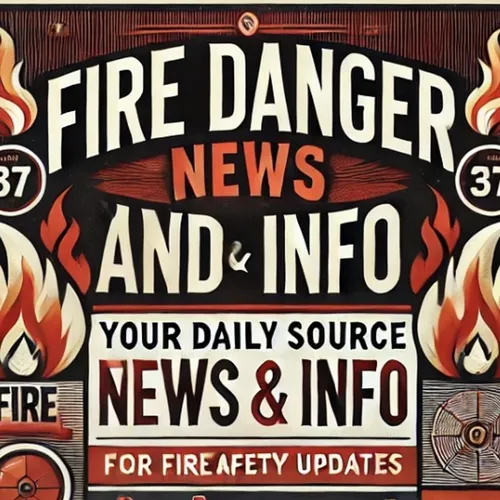Cutting-Edge U.S. Geological Survey Research Tackles Wildfire Challenges in the West
- Author
- Quiet. Please
- Published
- Sat 21 Dec 2024
- Episode Link
- https://www.spreaker.com/episode/cutting-edge-u-s-geological-survey-research-tackles-wildfire-challenges-in-the-west--63431560
Wildfires have become an increasingly pervasive threat in the western United States, turning vast stretches of pristine wilderness into charred landscapes and posing significant risks to communities and ecosystems. At the forefront of combating these destructive fires is critical fire science, a field of study dedicated to understanding and managing wildfires more effectively.
Central to this effort are the researchers and scientists at the U.S. Geological Survey (USGS), who are applying cutting-edge science to address the growing wildfire challenges in the West. Their work encompasses a range of disciplines, from climate modeling to ecological studies, all aimed at gaining a comprehensive picture of wildfire dynamics.
A key component of USGS's approach is their Wildland Fire Science program, which focuses on both the immediate and underlying causes of wildfires. By analyzing data on weather patterns, vegetation types, and historical fire occurrences, scientists are developing predictive models to identify areas at highest risk. This proactive approach allows for better resource allocation and more effective deployment of firefighting teams.
Moreover, USGS research doesn't stop with fire prevention and control. Understanding the aftermath of wildfires is equally crucial. After a fire, landscapes undergo dramatic changes that can lead to further hazards such as erosion and landslides. USGS scientists study post-fire effects to better manage recovery and rehabilitation efforts, ensuring that affected areas are restored more quickly and with greater resilience to future fires.
The impact of climate change on wildfire behavior is another critical area of USGS research. With rising temperatures and prolonged droughts contributing to more frequent and intense wildfires, understanding these changes is vital. USGS integrates climate data with fire science to help predict future scenarios and guide land management decisions that can mitigate impacts.
In addition, USGS places strong emphasis on technological innovation. Fire remote sensing, utilizing satellites and drones, allows for real-time monitoring of active wildfires, improving situational awareness and response times. The development of new mapping technologies also aids in visualizing fire patterns and potential spreads over diverse terrains.
To engage with the work being done and explore how USGS science is making a tangible difference in wildfire management, visit their Wildland Fire Science webpage. Here, you can find in-depth resources, the latest research findings, and collaborative projects geared towards understanding and addressing the wildfire phenomenon.
Through the integration of detailed scientific inquiry and practical application, USGS Wildland Fire Science is playing a pivotal role in safeguarding ecosystems and communities from the devastating impacts of wildfires, ultimately fostering a more informed and prepared society.
